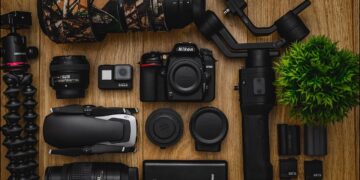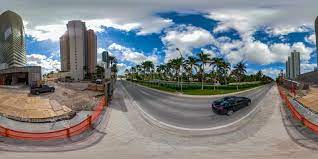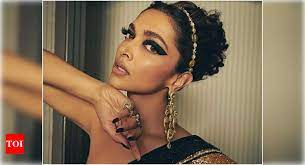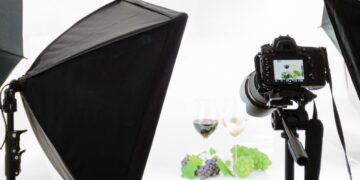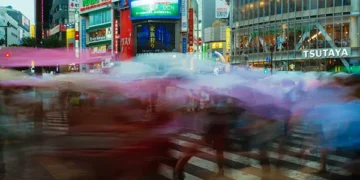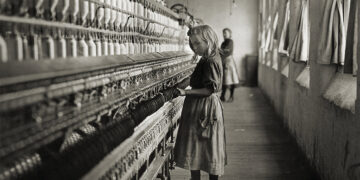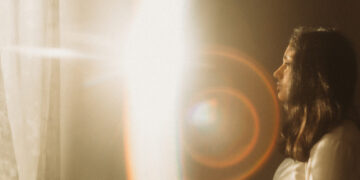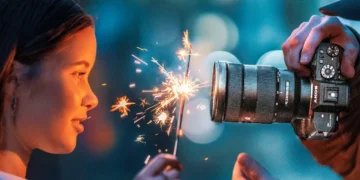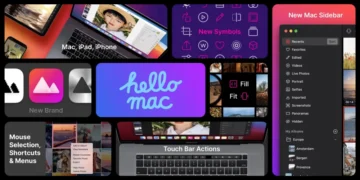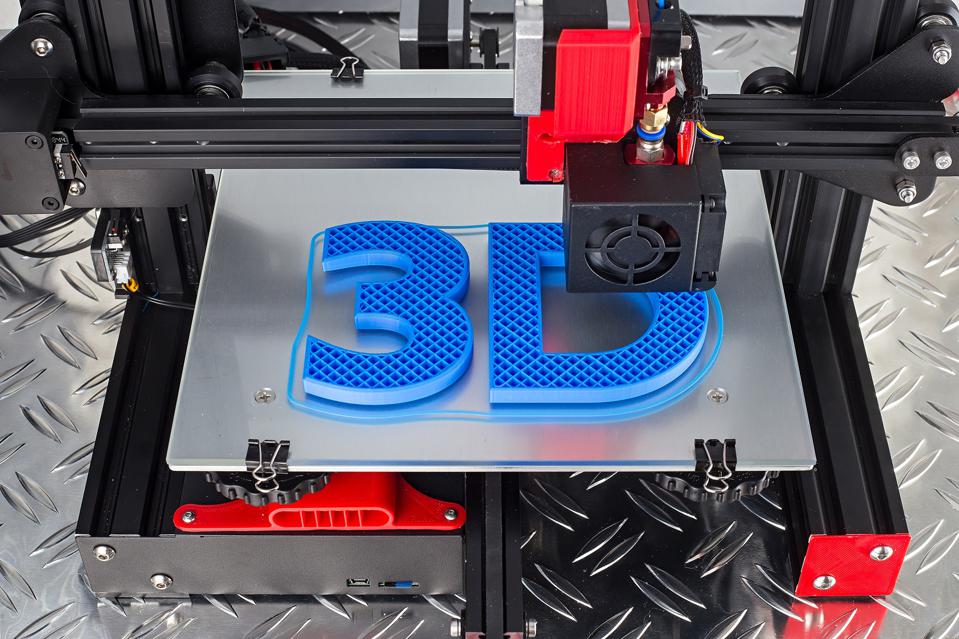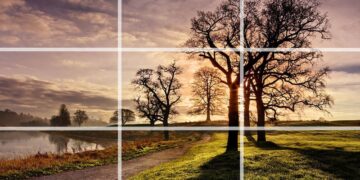3D printing is a revolutionary technology that has had a significant impact on a wide range of industries. Among these is the field of photography, which has been transformed by the advent of 3D printing. In this article, we will explore the impact of 3D printing on photography, including how it has changed the way we approach photography and the possibilities it has opened up for photographers.
The Rise of 3D Printing
Before delving into the impact of 3D printing on photography, it is important to understand the technology itself. 3D printing, also known as additive manufacturing, is a process of creating three-dimensional objects from a digital file. The process involves layering material, such as plastic or metal, on top of each other until the desired shape is formed.
While the technology has been around since the 1980s, it has only become accessible to a wider audience in recent years. Advances in technology and the availability of affordable 3D printers have made it possible for individuals and small businesses to create complex objects in their own homes or studios.
Impact on Photography
One of the most significant impacts of 3D printing on photography is the ability to create physical copies of digital images. Photographers can now turn their digital images into physical objects that can be held, displayed, and sold. This has opened up new possibilities for photographers, allowing them to create unique and personalized prints that were previously impossible.
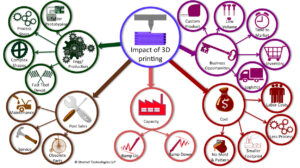
For example, a photographer can create a 3D printed sculpture based on one of their photographs, which can be displayed as a standalone art piece or used as part of a larger installation. This provides a new avenue for photographers to explore their creativity and produce work that stands out from traditional 2D prints.
Another impact of 3D printing on photography is the ability to create custom equipment and accessories. 3D printing allows photographers to create unique and personalized equipment, such as lens hoods, adapters, and camera grips. This provides photographers with the ability to create equipment that is tailored to their specific needs and preferences, rather than relying on mass-produced products.
Additionally, 3D printing has allowed photographers to create new and innovative ways of displaying their work. For example, a photographer can create a 3D printed frame for their photograph, which can add an extra dimension to the display and create a more engaging experience for the viewer. Alternatively, a photographer can create a 3D printed diorama or miniature set to display their photographs in a unique and creative way.
Challenges and Limitations
While 3D printing has opened up new possibilities for photographers, there are also challenges and limitations that need to be addressed. One of the main challenges is the cost and accessibility of the technology. While 3D printers have become more affordable in recent years, they still require a significant investment for individuals and small businesses. Additionally, the process of 3D printing can be time-consuming and requires technical expertise, which can be a barrier for some photographers.
Another limitation is the quality of the final product. While printing has come a long way in terms of producing high-quality prints, there are still limitations to the materials and processes used. For example, 3D printed objects may have visible layer lines or may not be as durable as traditionally manufactured products.
Finally, there are ethical considerations when it comes to 3D printing and photography. With the ability to create physical copies of digital images, there is a risk of copyright infringement and theft. It is important for photographers to be aware of these risks and take steps to protect their work.
One potential application of 3D printing in photography is in the creation of custom camera equipment. For example, photographers can use 3D printing to create lens hoods that are specifically designed to fit their camera and lens combination. This can help to prevent lens flare and improve the overall image quality.
Another potential application of 3D printing in photography is in the creation of unique and personalized prints. Photographers can use 3D printing to create three-dimensional versions of their photographs, such as a sculpture or diorama. This provides a new way for photographers to express their creativity and create unique and memorable prints.
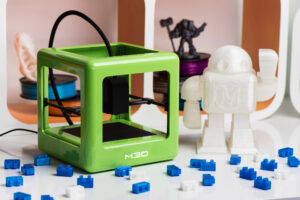
In addition, 3D printing can also be used to create customized frames and display cases for photographs. Photographers can use 3D printing to create frames that are designed to complement their images, or display cases that provide a unique and engaging way of showcasing their work.
Despite the many benefits of 3D printing in photography, there are also some limitations and challenges that need to be addressed. One of the main challenges is the cost and accessibility of the technology. While 3D printers have become more affordable in recent years, they still require a significant investment for individuals and small businesses. Additionally, the process of 3D printing can be time-consuming and requires technical expertise, which can be a barrier for some photographers.
Another limitation is the quality of the final product. While 3D printing has come a long way in terms of producing high-quality prints, there are still limitations to the materials and processes used. For example, 3D printed objects may have visible layer lines or may not be as durable as traditionally manufactured products.
Finally, there are ethical considerations when it comes to 3D printing and photography. With the ability to create physical copies of digital images, there is a risk of copyright infringement and theft. It is important for photographers to be aware of these risks and take steps to protect their work.
Conclusion
Overall, the impact of 3D printing on photography has been significant, opening up new possibilities for photographers and changing the way we approach photography. 3D printing has allowed photographers to create unique and personalized prints, custom equipment and accessories, and innovative ways of displaying their work. However, there are also challenges and limitations to the technology, such as cost, accessibility, quality, and ethical considerations.
Despite these challenges, the potential of 3D printing in photography is immense. As technology continues to advance and become more accessible, we can expect to see more photographers incorporating 3D printing into their work. As with any new technology, it will take time and experimentation to fully realize the possibilities, but the future looks bright for the intersection of printing and photography.
In conclusion, 3D printing has had a significant impact on the field of photography, allowing for new levels of creativity and personalization. While there are challenges and limitations to the technology, its potential is immense and we can expect to see more photographers exploring its possibilities in the years to come.

